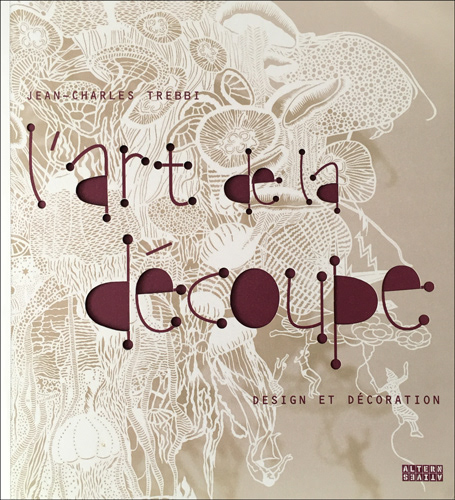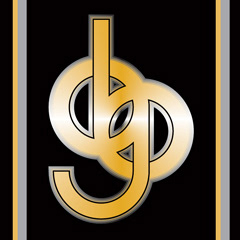Paper is an amazing medium. Its tactile nature makes it very fulfilling to work with.
Originally I made paper my models in ‘solid form’until I discovered John Sharp’s book Sliceforms: Mathematical Models from Paper Sections. Having made a couple of examples from the book I decided to use this method to create a sculptural piece as a degree project.


It is an ideal way to make use of colour and form. As each side of the paper can be coloured I have four faces to interact together and pieces can be subtle or dramatic by contrasting heights and colourways.
Their 'skeleton' cross sections appear solid due to the brains interpretation of the structure. They are very flexible and can in fact be folded flat and reformed into shape easily, much to the delight of the onlooker. They can be displayed either at the normal 90 degree cross sections or at more acute and obtuse angles.
I have experimented with pure white and coloured papers and found they both have their own qualities, but lighting is particularly essential for shadows on pure white pieces. This is especially important when making photographic imagery from them.
Colour sculptures present new challenges. Even subtle shades produce significant colour shifts when moving around the sculptures. Optical shifts also occur when adjacent parallel slices are of different hues, introducing extra shades and colour mixes throughout the model. When high contrast paper colours are used they are particularly dramatic - they flicker from dark to light depending on the viewing angle.
Artistically Sliceforms permit me to play with colour in a way a solid model would not allow, having 4 faces to interact together, 2 each side of the paper. Although they appear to create positive images it is the brain that interprets this form from the skeletal cross-sections. In effect it is almost a negative becoming a positive.
The artistic merit of the Sliceform technique was recognized at the Royal Academy summer show in 2004 when I displayed Streonshalh. The sculpture is pure white, using lightly textured paper.
Some historical models using the sliceforms method
These cardboard models were made by Martin Schilling at the Munich Workshop set up by Felix Klein (1849-1925) and Alexander von Brill in the 1870s to produce a wide variety of surface models. They are in the possession of the Science Museum in London.
Joint article on Sliceforms by John Sharp and Gail Barlow in the
Hyperseeing Magazine, February 2007.
Extracted pages from the magazine. Please click on the individual pages to read the text.






Other publications where my sliceforms sculptures are included.





